CYMRIC J02 OB
Share
Cleanroom Occupational Shoe
- Basic occupational footwear with microfibre upper sandals with a clog design
- Black washable microfiber upper
- Double-density PU outsole
- Plastic toecap
- Velcro fastening system
- Breathable, Washable and Anti Allergic
Occupational
Breathable
Washable
Anti Allergic
EN 20347:2022
Delivery & Services

Easy Return
with our 15 days return poicy
Regular price
Rs. 0
Sale price
Rs. 0
Regular price
Tax included.
Shipping calculated at checkout.
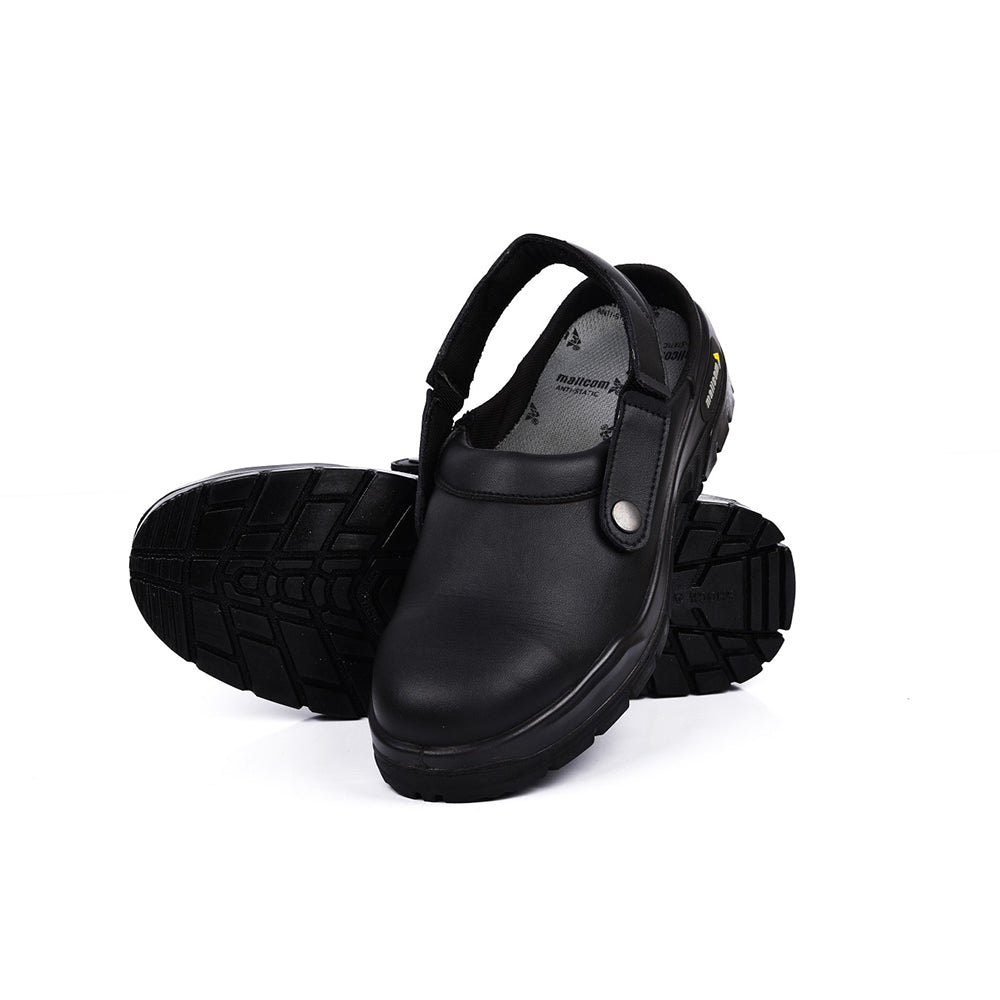
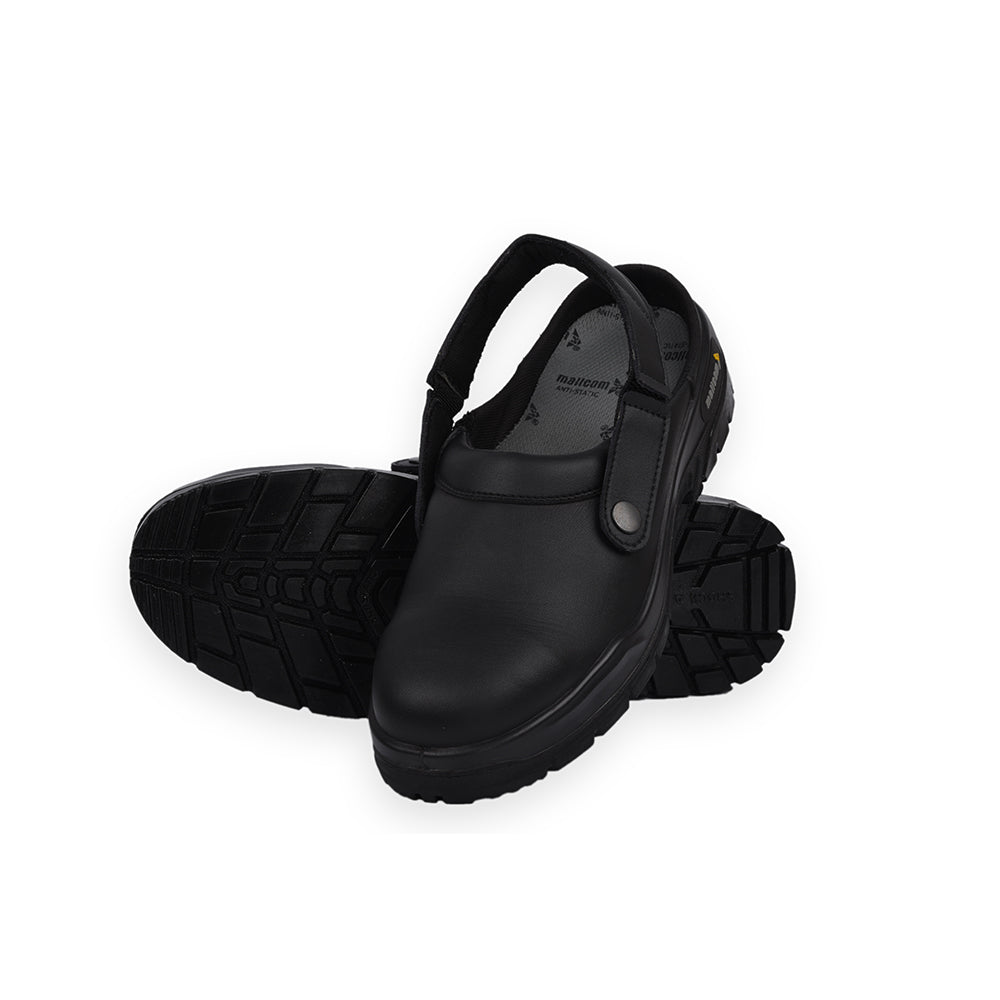
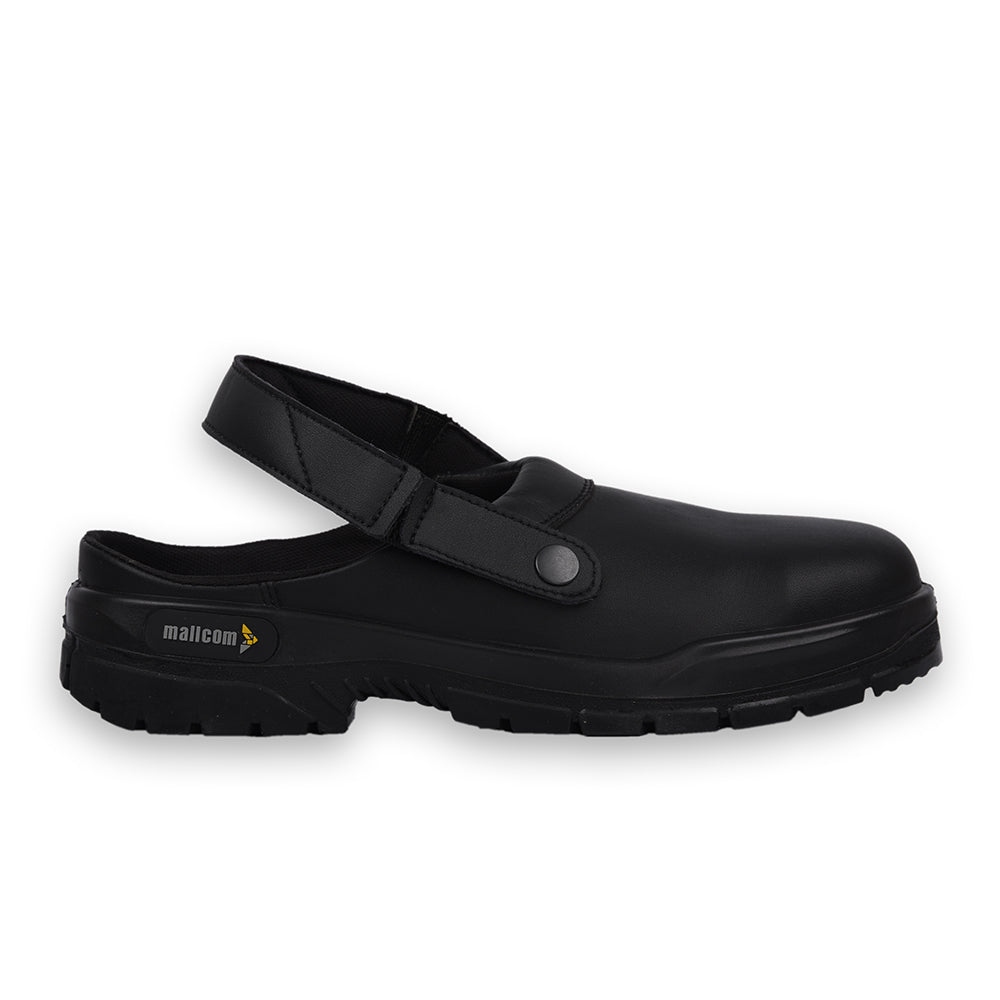
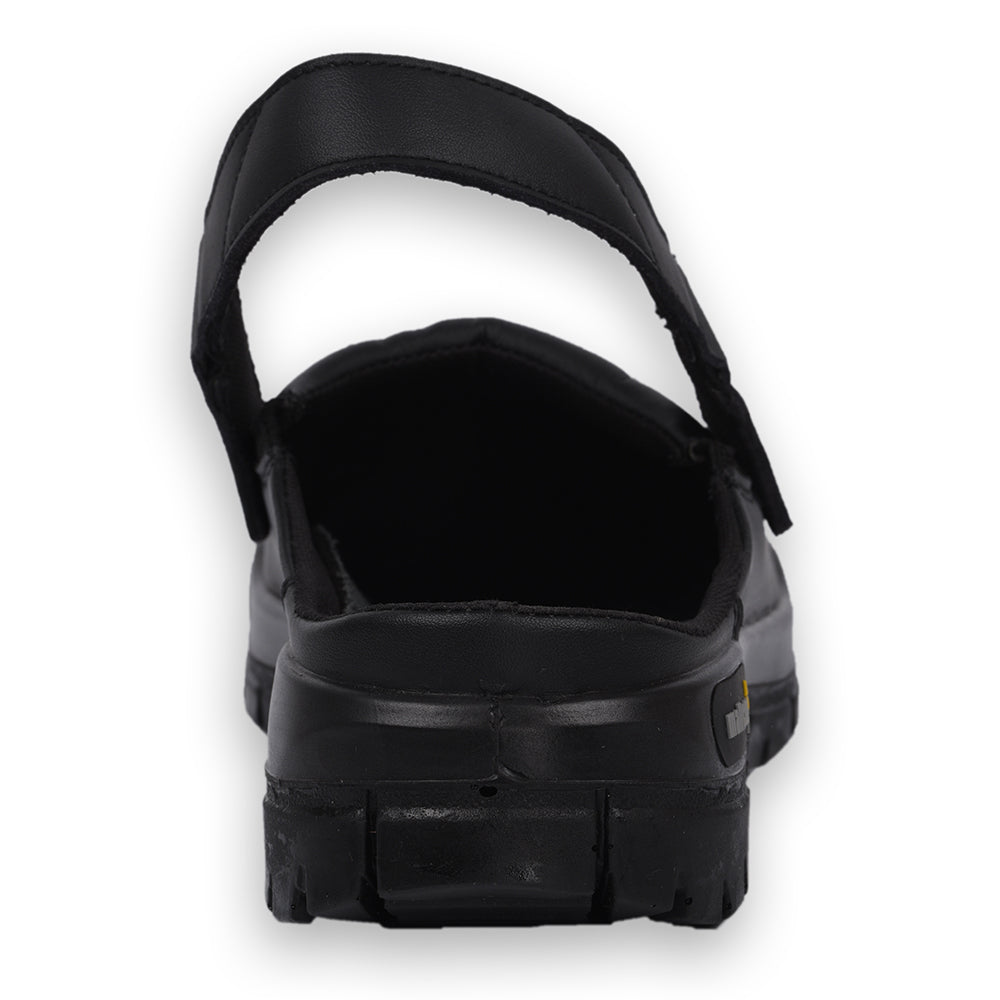

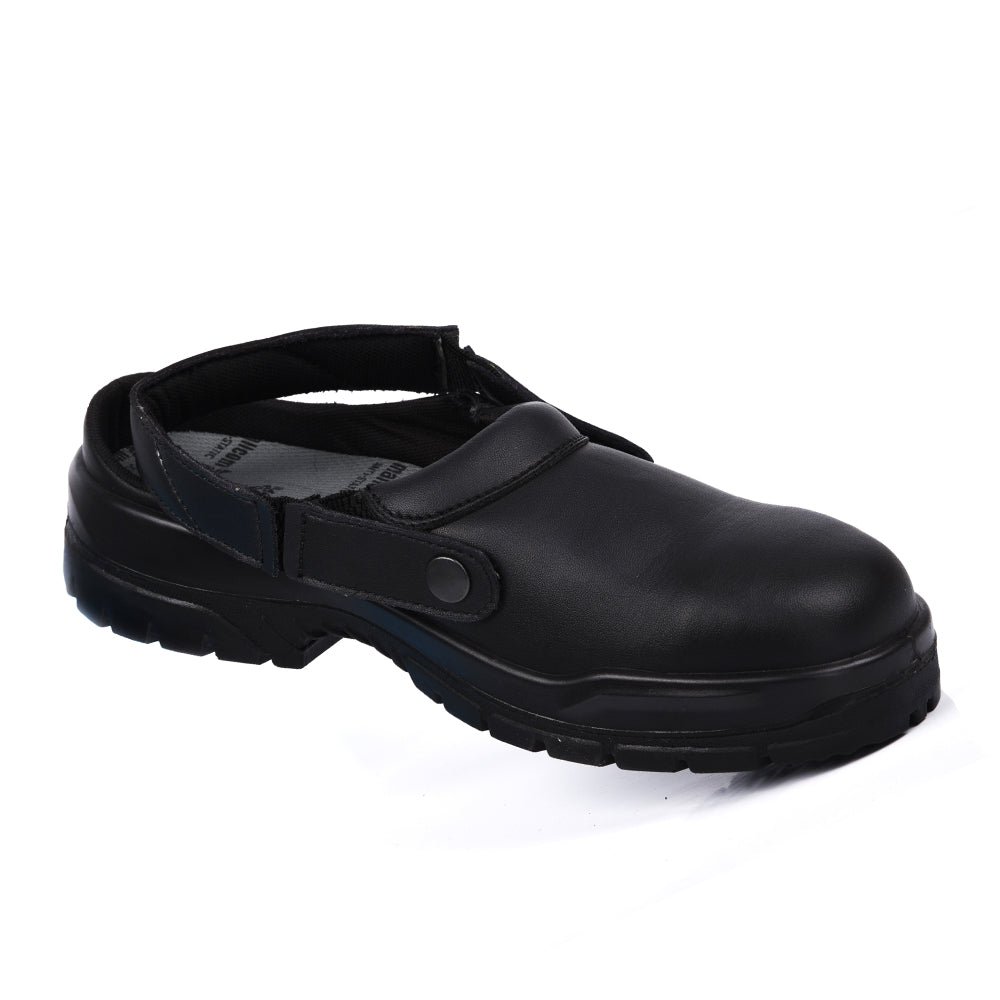
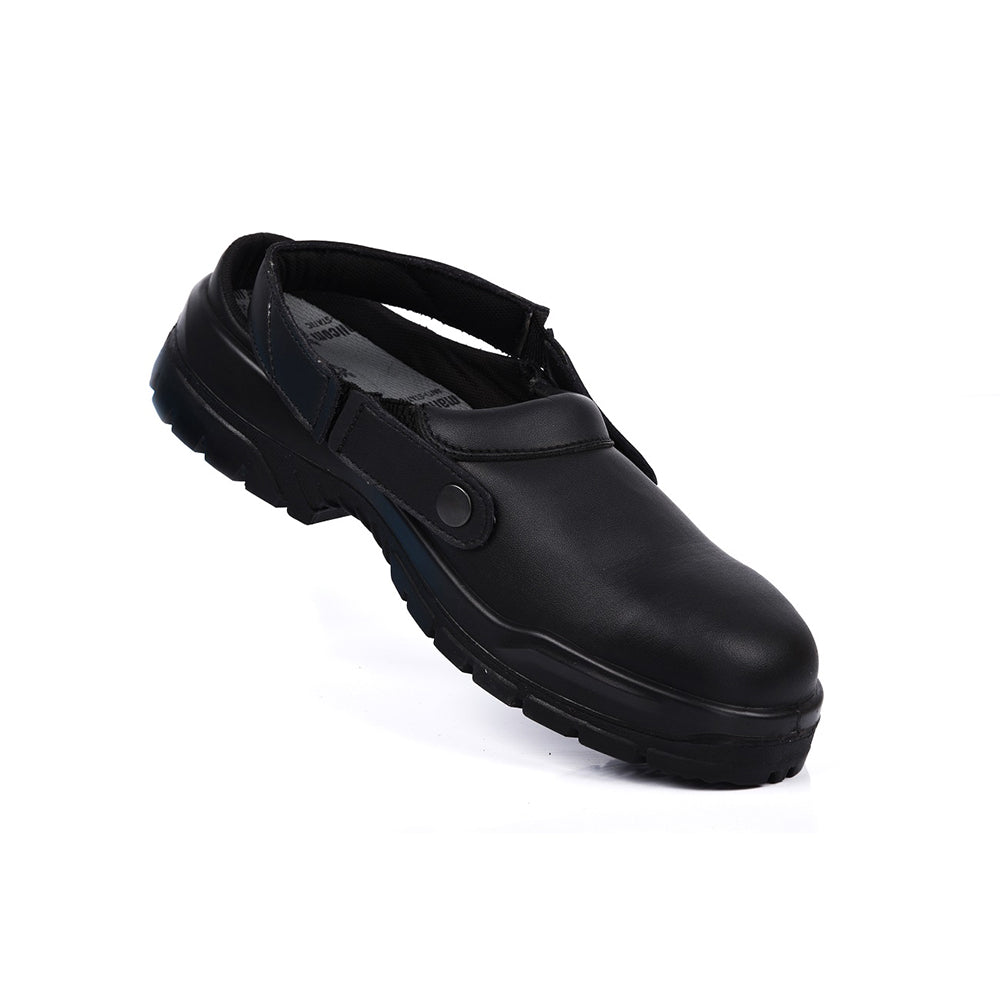
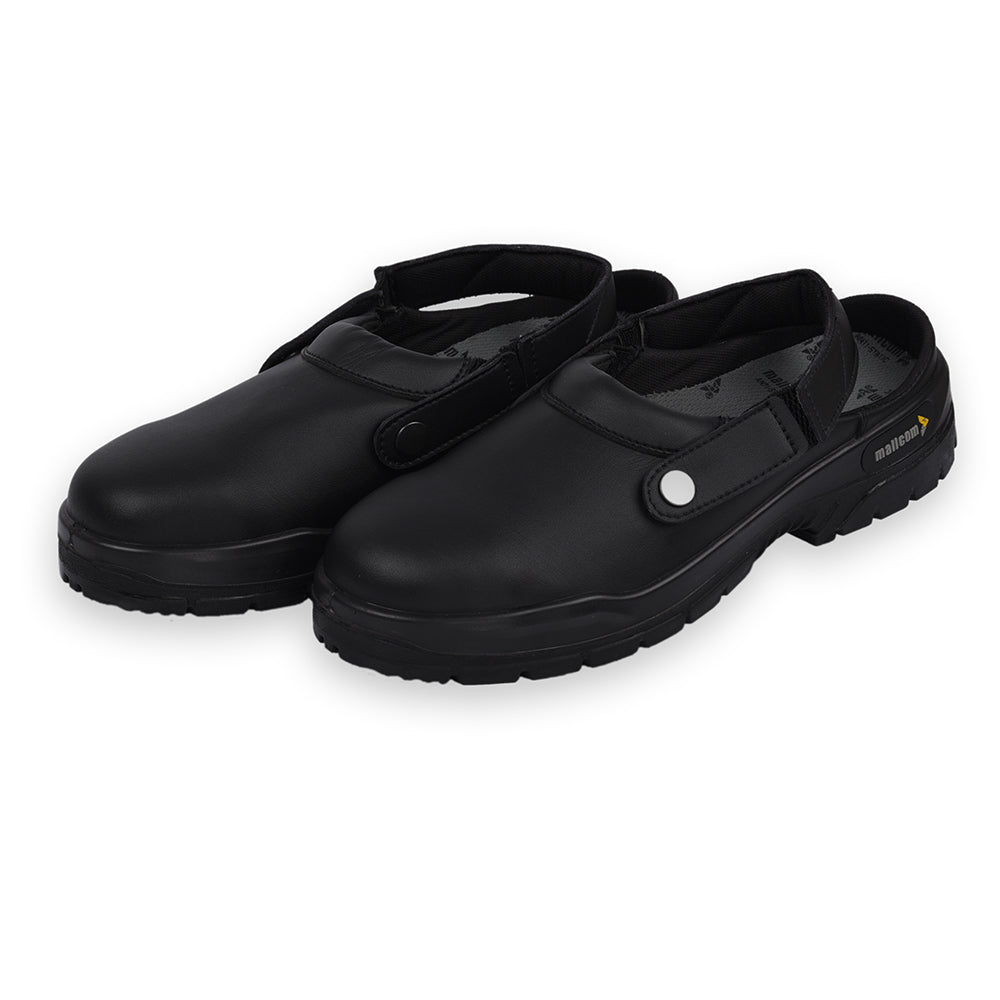

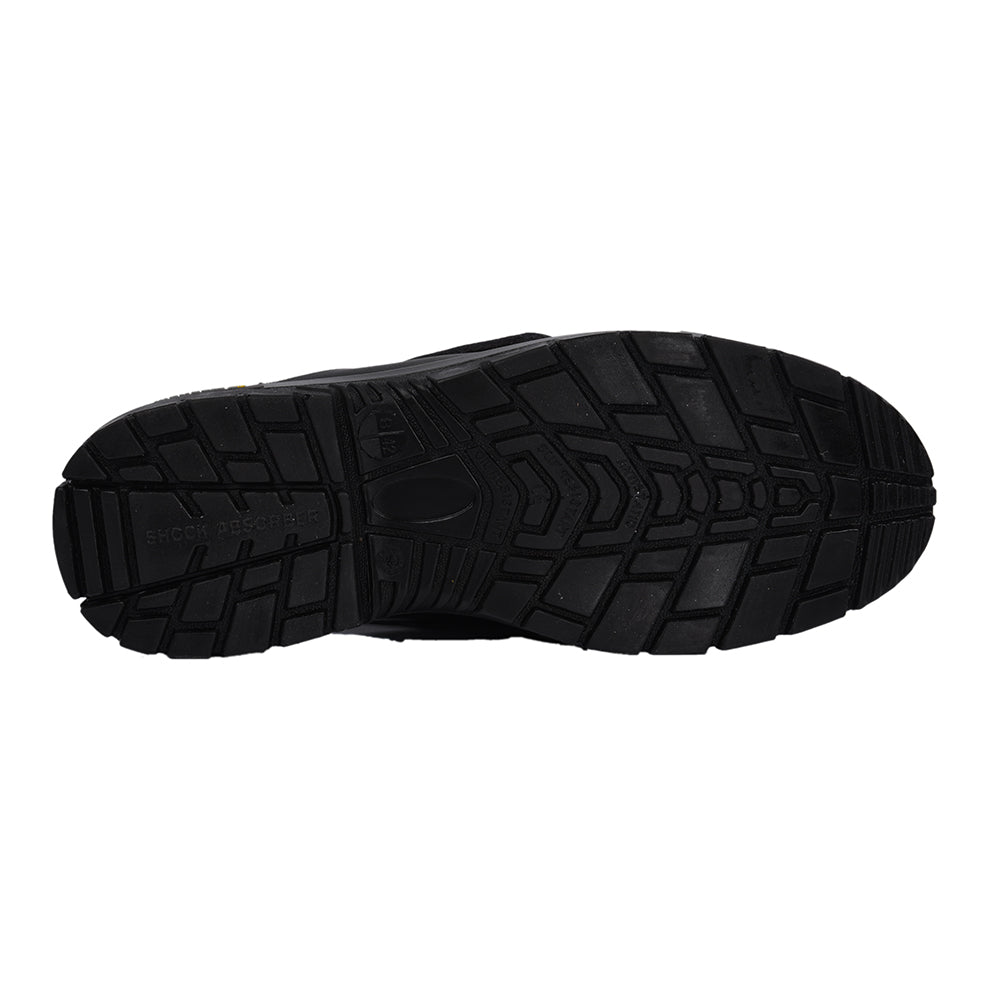
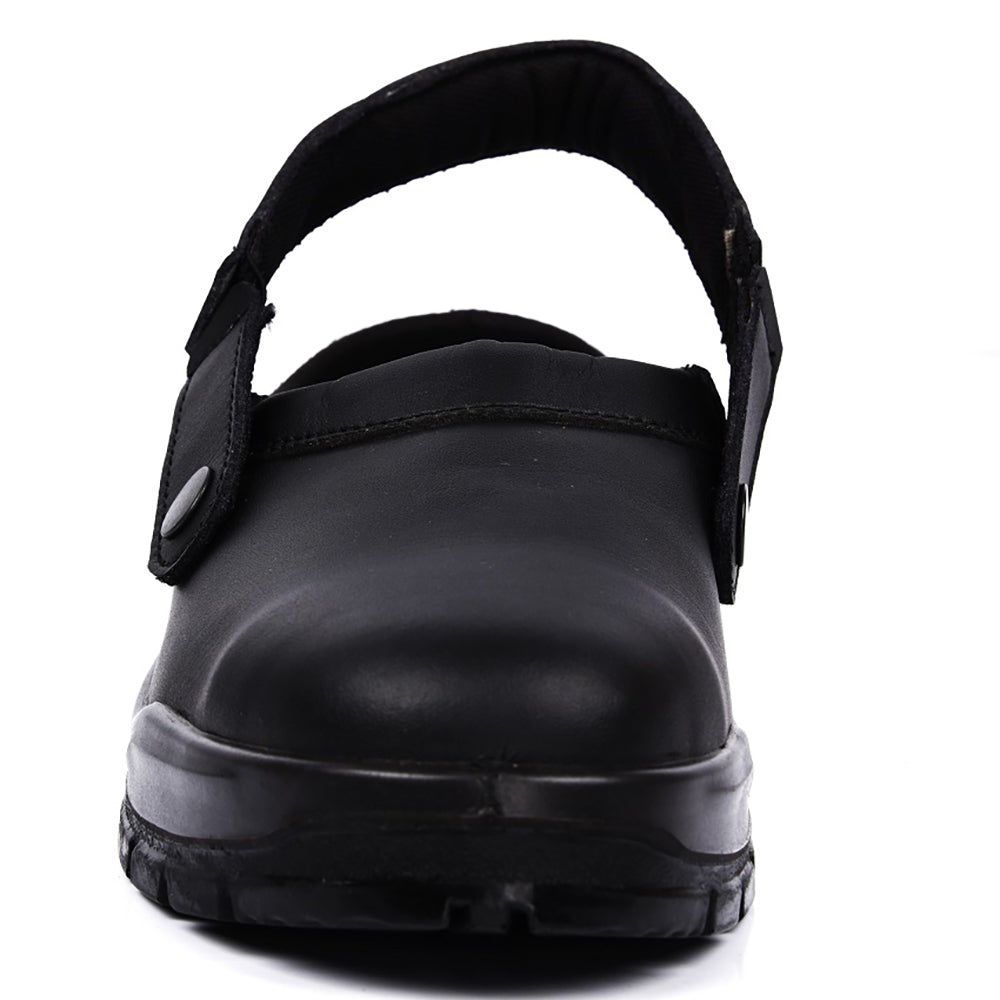
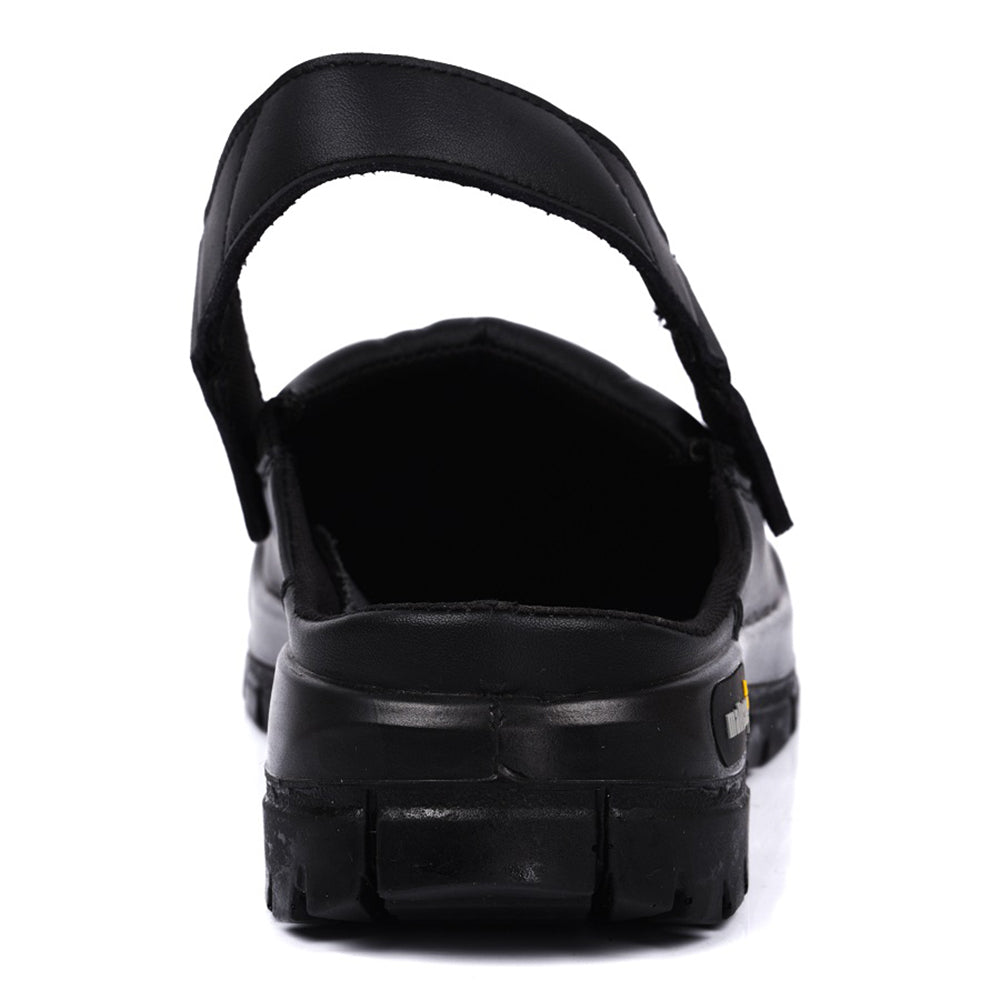
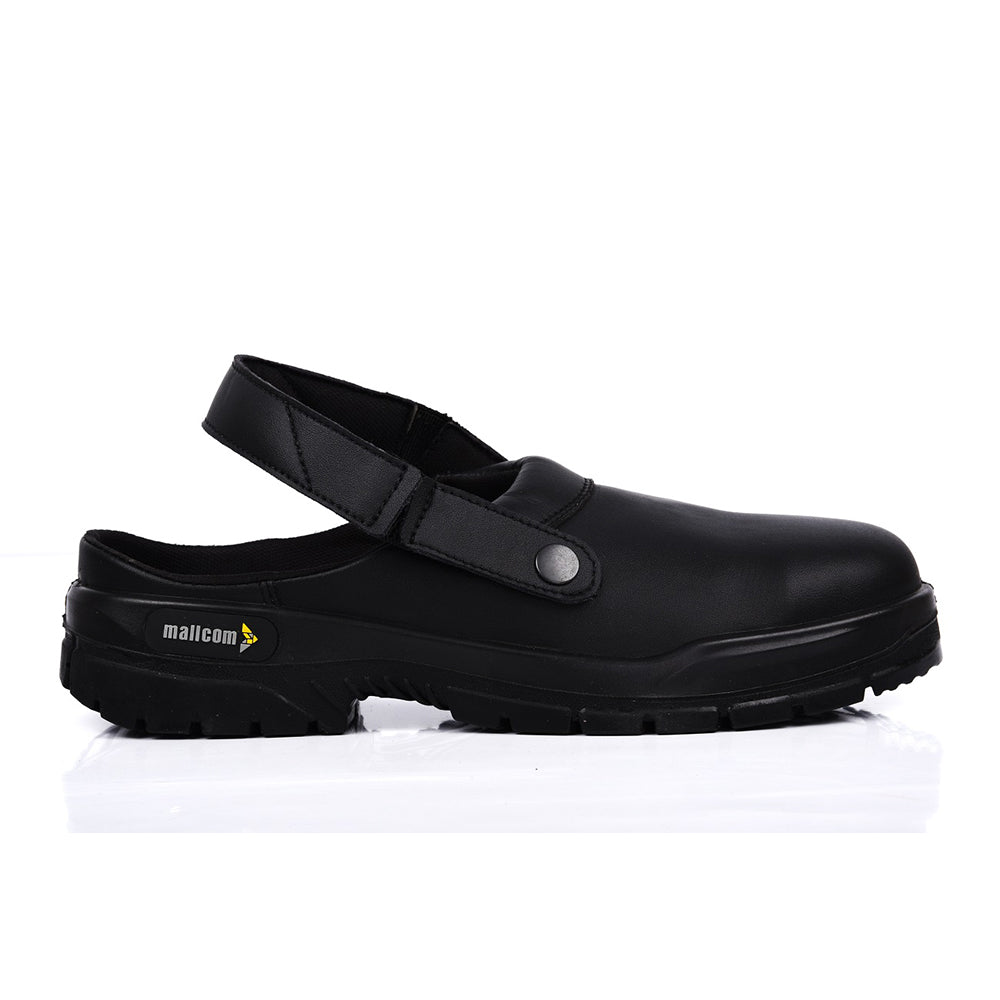
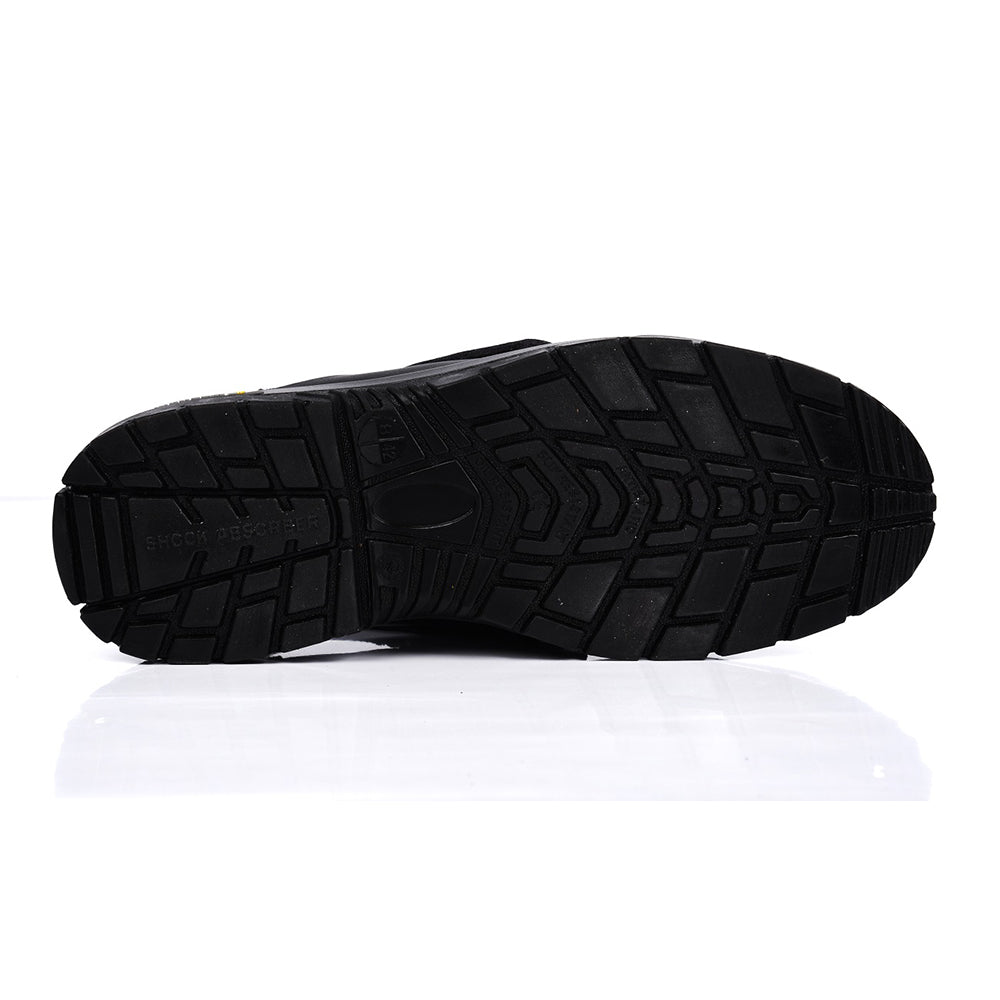
ABOUT THE DESIGN
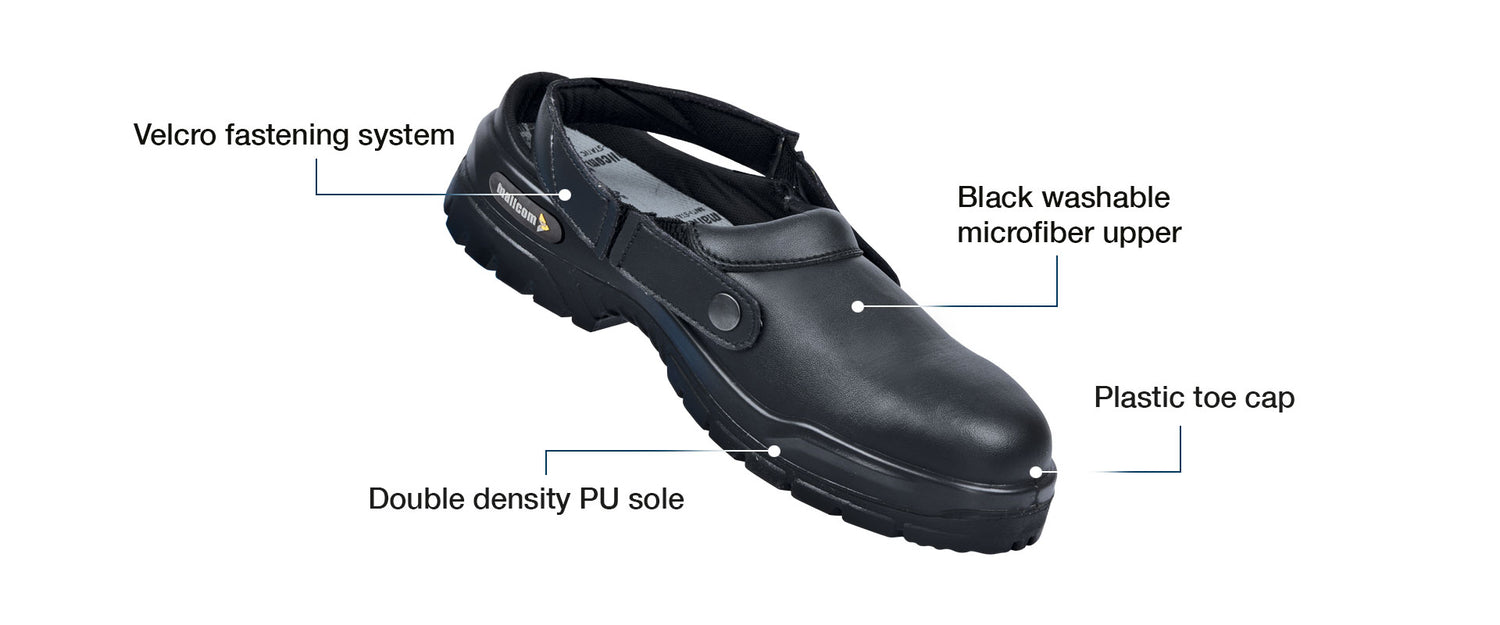
USEFUL IN THESE INDUSTRIES
HOSPITALITY
FOOD & BEVERAGE
LOGISTICS
PHARMACEUTICAL

Product Features
ABOUT THE DESIGN
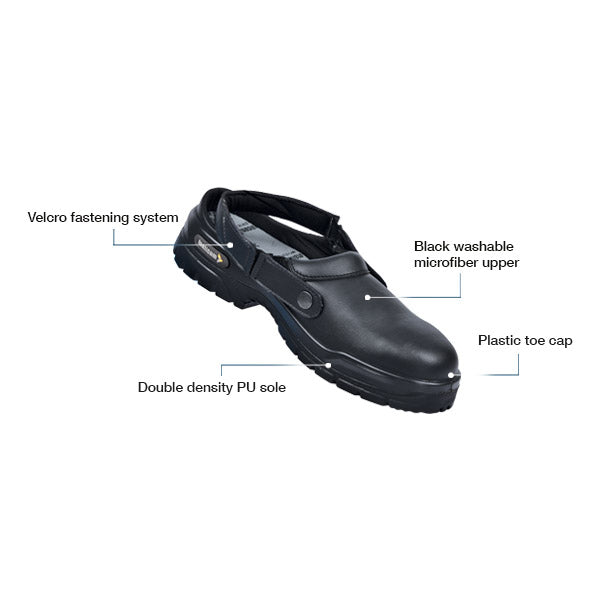
USEFUL IN THESE INDUSTRIES
HOSPITALITY
FOOD & BEVERAGE
LOGISTICS
PHARMACEUTICAL
Product Details









































